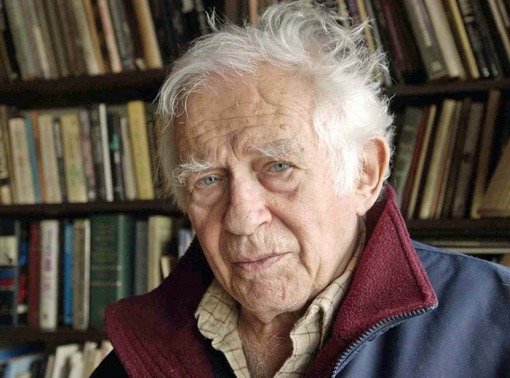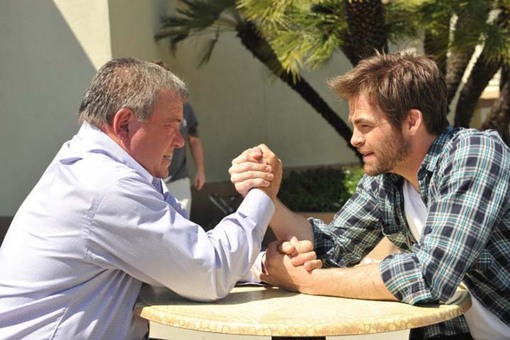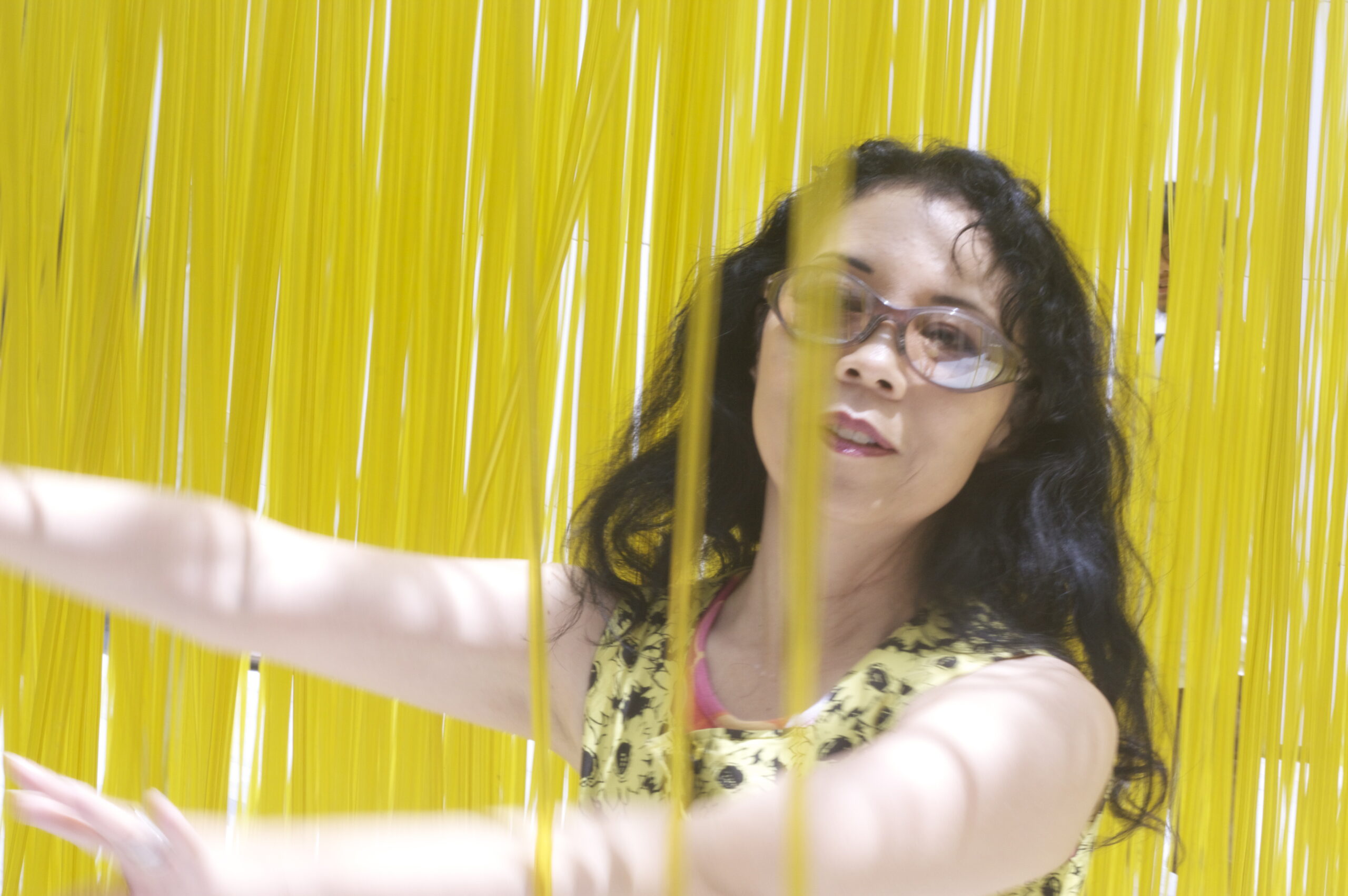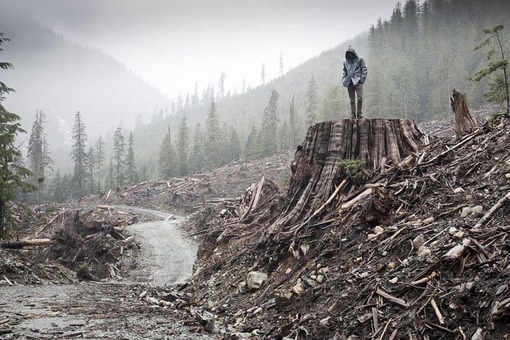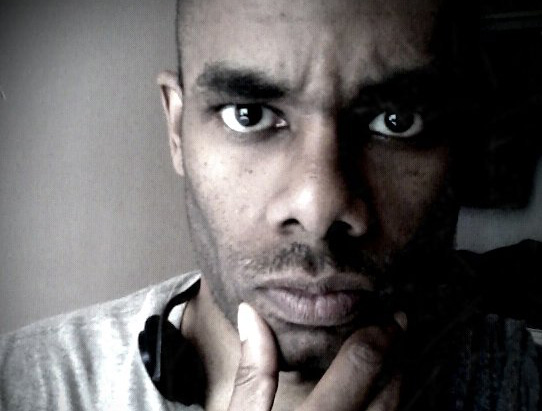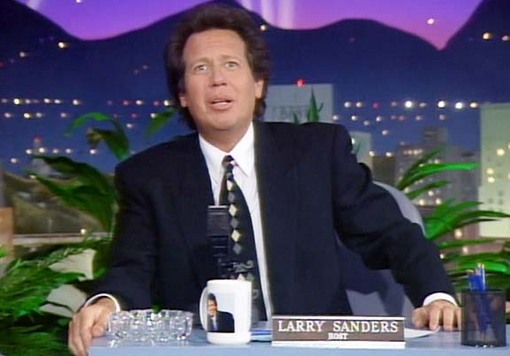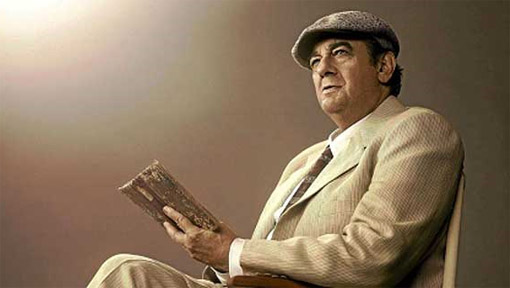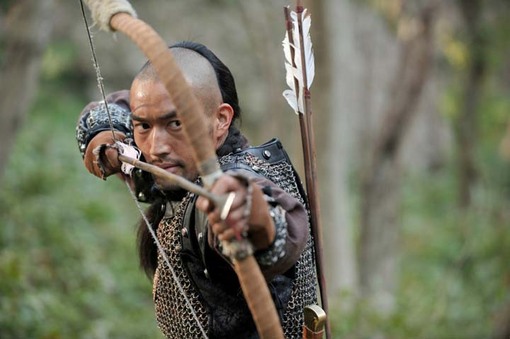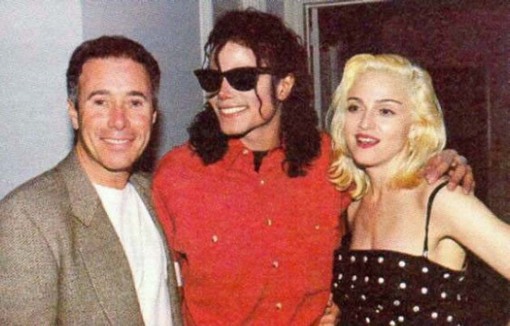
Inventing David Geffen: The Art of Self-Creation
“American Masters: Inventing David Geffen” premieres Tuesday, Nov. 20th at 8:00pm on PBS. (Check local listings.) It can also be viewed, where available, via PBS On Demand.
by Jeff Shannon
It was my good fortune to be working at Microsoft when the big announcement was made in March of 1995: Microsoft was entering into a joint venture with DreamWorks SKG, the new film studio and entertainment company founded the previous year by mega-moguls Steven Spielberg, Jeffrey Katzenberg and David Geffen (the “SKG” in the company’s original moniker). At the time, Microsoft dominated the booming business of multimedia publishing, and the group I was working in, nicknamed “MMPUB,” was producing a dazzling variety of CD-ROM games and reference guides. As an independent contractor I was the assistant editor of Cinemania, a content-rich, interactive movie encyclopedia (later enhanced with a website presence) that was an elegant and in some ways superior precursor to the Internet Movie Database.




